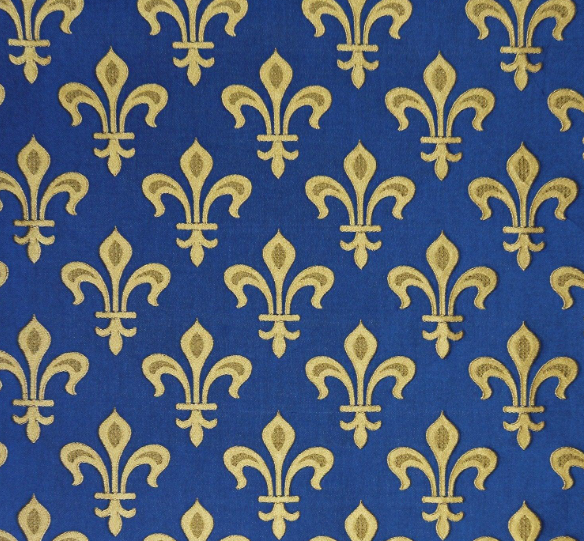
Vector:74yw6i2ufbe= Fleur De Lis
The Fleur De Lis, with its intricate historical tapestry that stretches from ancient Mesopotamia to its esteemed position in French royalty, serves as a compelling case study in the evolution of symbolism. This emblem, rich with connotations of power and purity, continues to capture the imagination in various contemporary contexts. As we explore its significance across different cultures and eras, it becomes evident that the symbol is not merely decorative but a reflection of deeper societal values. What might these interpretations reveal about our current cultural landscape?
Historical Origins of Fleur De Lis
The fleur de lis, a stylized lily flower, has a complex history that spans several centuries and cultures, with its earliest known usage dating back to ancient Mesopotamia.

Associated with French royalty, this heraldic emblem embodies medieval heritage and religious symbolism.
Its architectural influence and diverse textile patterns reflect regional variations and artistic representation, illustrating a rich legacy interwoven with cultural identity and freedom.
Read also: Vector:105lkj9l9fy= Despicable Me
Symbolism and Cultural Significance
Throughout history, the fleur de lis has emerged as a multifaceted symbol, representing various ideals and cultural narratives.
Its religious symbolism often reflects purity and divine intervention, while its heraldic significance underscores power and authority in medieval Europe.
This emblem has transcended time, embodying both spiritual and civic pride, and continues to resonate in contemporary interpretations of identity and heritage.
Read also: Vector:-Cjjubxa9t4= Baby Yoda
Modern Applications in Design
Incorporating the fleur de lis into modern design has led to a resurgence of interest in its aesthetic and symbolic qualities, particularly in sectors such as fashion, graphic design, and interior decoration.
This emblem serves as a bridge between tradition and contemporary design, infusing spaces and products with elegance and historical resonance, while offering creative freedom for designers to reinterpret its iconic form.
Artistic Interpretations and Variations
Creativity often finds its most compelling expressions in the reinterpretation of historical symbols, and the fleur de lis is no exception.
Stylized representations of this iconic motif have evolved through various artistic movements, reflecting cultural shifts and individual perspectives.
Contemporary adaptations embrace bold colors and innovative forms, allowing artists to convey deeper meanings while celebrating the fleur de lis’s enduring legacy as a symbol of freedom and identity.
Conclusion
The Fleur De Lis, with its deep-rooted historical significance and multifaceted symbolism, continues to inspire contemporary design across various domains. Its adaptability is exemplified in the fashion industry, where renowned designers incorporate the motif into collections, merging traditional elegance with modern aesthetics. For instance, a hypothetical collaboration between a luxury brand and local artisans could create a line of clothing that celebrates regional identity while paying homage to the cultural heritage encapsulated in the Fleur De Lis, thereby fostering a dialogue between past and present.




